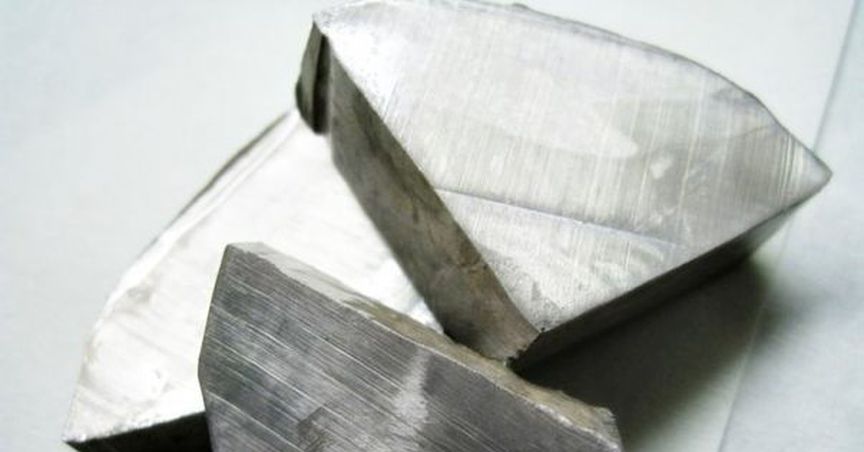Sodium Ion Batteries are rechargeable batteries which uses sodium-ion as charge carriers. In this battery, a sodium ion is bound to a compound known as âmyo-inositolâ and is available in abundance and cheaper than lithium-ion batteries. Sodium forms as a cathode which stores electrons. The anode is made up of phosphorous while the cathode shuttles the electrons toward and backward against anode, which defines the batteryâs performance. It was commercially offered by Aquion Energy in 2014 as a backup power source for micro-grids. Due to its sub-standard performance, its operation was shut and the Aquion filed for bankruptcy in March 2017. After some operational changes, the company resumed its operation in 2018. In 2015, device named as â18650â was announced which used sodium as one of the electrodes and was claimed to have performance similar to Lithium-ion batteries. There were further developments in it and in November 2017, French Network on electrochemical energy storage announced the commercial production of â18650â format battery by 2020 which will have voltage of around 3.5 V, 90 Wh/kg, life expectancy of more than 10 years and could perform more than 2000 charge and discharge cycles.
Lithium-Ion Batteries comes with both re-chargeable (intercalated Lithium) and non-re-chargeable (metallic Lithium) categories. Li-ions move from the negative electrode to a positive electrode while discharging and vice-versa while charging. It is widely being used in electronics items, electric vehicle batteries, medical, aerospace and military applications. It offers high-density energy along with low self-discharge and tiny memory effect. So many researches are underway, which includes its life extension, cost reduction, charging speed and safety. These batteries contain a flammable electrolyte which can be a safety hazard and can be observed from battery related issues from Samsung Galaxy Note 7 recall. Recent development includes aqueous Lithium-ion batteries which used non-flammable electrolyte to achieve the safety standards. Its global production capacity was 28 gigawatt-hours, with 16.4 GWh in China. It performs exceptionally well under normal temperatures and allowed fast charging within temperatures of 5 to 45 degree Celsius, whereas long exposure to the high temperatures reduces its battery life. Its exceptionally high demand may have made it popular but due to lack of abundance of Lithium, this growth seems to be unsustainable in the future. Thus, a lot of research is being done to find its substitute, and in such endeavour, Sodium batteries seem to present good hope in the coming term.
Sodium ion versus Lithium-ion batteries: Sodium is found in abundance, for example, common salt has sodium and chloride as elements. A tonne of its production costs around US$150 whereas Lithium is difficult and expensive to mine and refine. A tonne of Lithiumâs production would cost about US$ 15,000. It is 80% less expensive than the Lithium-ion battery with the same storage cost. It is better suitable in applications such as grid energy storage in case of renewable energy sources such as solar and wind energy. Sodium ion cells can be drained to zero as compared to Lithium-ion cells where it should be at least 30% charged to avoid any short circuitry/ burnout while shipment. These cells are also known to have better electrochemical features, reversibility, high specific discharge capacity, and coulombic efficiency but its weight and size are more and still lack operational efficiency as compare to Lithium-ion batteries.
Therefore, it would be crucial to look upon research and development in Sodium ion batteries for its vast commercial viability in the future.
Disclaimer
This website is a service of Kalkine Media Pty. Ltd. A.C.N. 629 651 672. The website has been prepared for informational purposes only and is not intended to be used as a complete source of information on any particular company. Kalkine Media does not in any way endorse or recommend individuals, products or services that may be discussed on this site. Our publications are NOT a solicitation or recommendation to buy, sell or hold. We are neither licensed nor qualified to provide investment advice.



